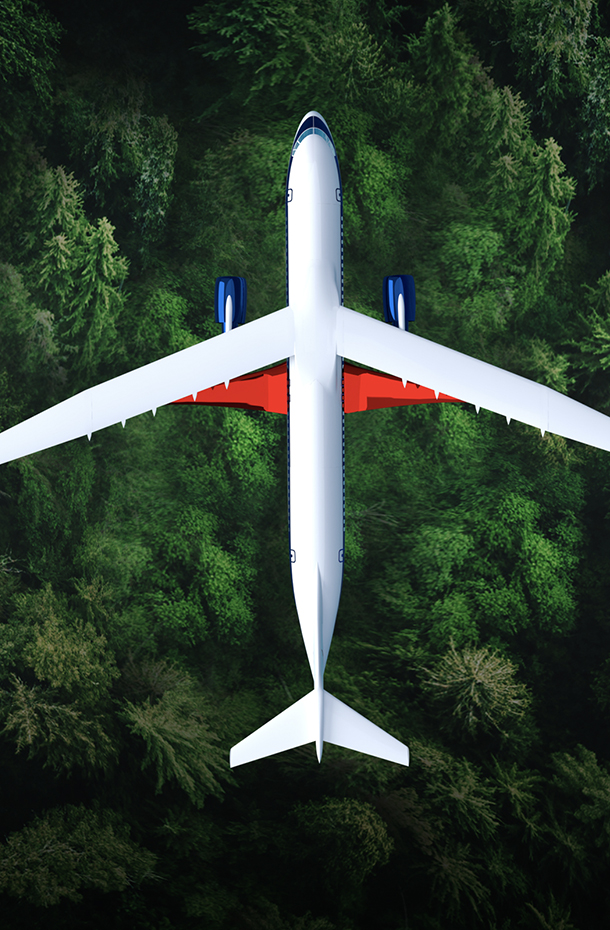NASA Flies Drones Autonomously for Air Taxi Research
Researchers at NASA’s Langley Research Center in Hampton, Virginia recently flew multiple drones beyond visual line of sight with no visual observer. The drones successfully flew around obstacles and each other during takeoff, along a planned route, and upon landing, all autonomously without a pilot controlling the flight.

3 min read
Preparations for Next Moonwalk Simulations Underway (and Underwater)

Researchers at NASA’s Langley Research Center in Hampton, Virginia recently flew multiple drones beyond visual line of sight with no visual observer. The drones successfully flew around obstacles and each other during takeoff, along a planned route, and upon landing, all autonomously without a pilot controlling the flight. This test marks an important step towards advancing self-flying capabilities for air taxis.
“Flying the vehicles beyond visual line of sight, where neither the vehicle nor the airspace is monitored using direct human observation, demonstrates years of research into automation and safety systems, and required specific approval from the Federal Aviation Administration and NASA to complete,” said Lou Glaab, branch head for the aeronautics systems engineering branch at NASA Langley.
It is safer and more cost effective to test self-flying technology meant for larger, passenger carrying air taxis on smaller drones to observe how they avoid each other and other obstacles.
NASA also is testing elements of automation technology using helicopters. These stand-in aircraft help NASA mature the autonomy well before self-flying air taxis are integrated into the skies.
“When you have multiple vehicles, all coming and going from a vertiport that is located adjacent to an airport or deep within a community, we have to ensure the automation technologies of these vehicles are capable of safely handling a high volume of air traffic in a busy area,” said Glaab.
Building upon past tests, the team successfully performed multiple flights using purchased ALTA 8 Uncrewed Aircraft Systems, also known as drones, with no visual observer and flew the drones beyond visual line of sight, referred to as “NOVO-BVLOS” flights.
The software loaded onto the small drones performed airspace communications, flight path management, avoidance with other vehicles, and more skills needed to operate in a busy airspace. This is imperative for what is envisioned with Advanced Air Mobility (AAM), where drones and air taxis will be operating at the same time on a routine basis.
The flight tests were observed from NASA Langley’s Remote Operations for Autonomous Missions control center while the drones took off and landed at the City Environment for Testing Autonomous Integrated Navigation test range.

NASA will transfer the new technology created during this project to the public to ensure industry manufacturers can access the software while designing their vehicles.
“NASA’s ability to transfer these technologies will significantly benefit the industry,” said Jake Schaefer, flight operations lead for the project. “By conducting flight tests within the national airspace, in close proximity to airports and an urban environment, we are table to test technologies and procedures in a controlled but relevant environment for future AAM vehicles.”
One of these technologies was ICAROURS, which stands for NASA’s Integrated Configurable Architecture for Reliable Operations of Unmanned Systems. This software provides an autonomous detect-and-avoid function and is part of the overall system to maintain “well clear” from other air traffic.
Another technology used was NASA’s Safe2Ditch system, which allows the vehicle to observe the ground below and make an autonomous decision on the safest place to land in the event of an in-flight emergency.
NASA’s AAM mission has multiple projects contributing to various research areas. This project, called the High Density Vertiplex, was specifically focused on testing and evaluating where these future vehicles will take off and land at high frequency, called vertiports, or vertiplexes, for multiple vertiports near each other, and the technology advancements needed to make this successful.
Share
Details
Related Terms
What's Your Reaction?
















































